Last Updated on 11/10/2020 by Desmond
CONTENT
Introduction
In western, black tea is much more popular than green tea, and it is also the highest yield tea type in the world.
Why is black tea so popular? In addition to historical reasons, thanks to the black tea unique taste, it can fit with much other food. Our daily drink, such as blended tea, iced tea, and milk tea, all are using black tea as the basic. Blend with other food can make the black tea taste get into a higher level.
Different from green tea, black tea is complete-fermented tea. During fermentation, 90% of polyphenols in the tea are changing into other flavors and nutrients substance. That’s why black tea dose does not have the herbaceous taste like green tea and more acceptable.
Besides, black tea originated in China. In the past, transportation was not convenient. It will take a long tea for shipping black tea from China to Europe. Green tea is easy to go bad during the trip. And the complete-fermented black tea can be stored better during the journey and keep the flavor well. It makes black tea spread more widely than green tea in the world.
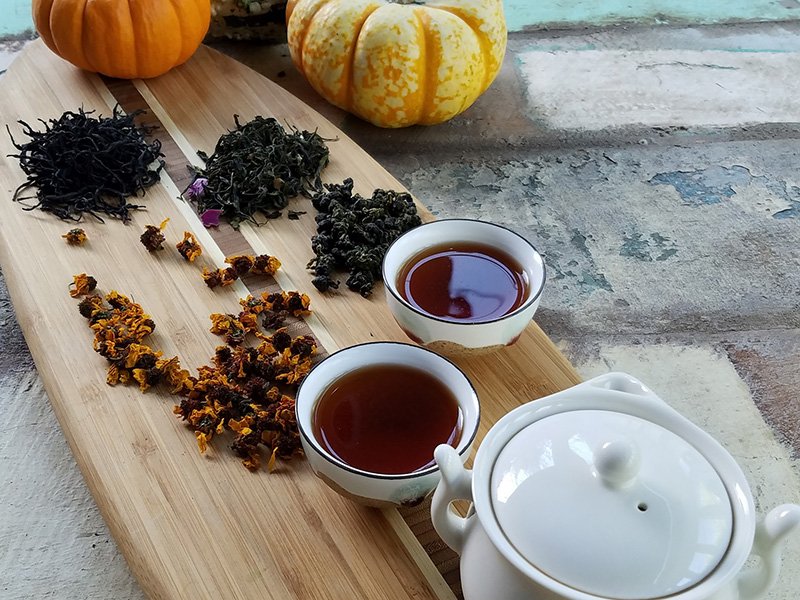
Black Tea Nutrition Facts
Polyphenols
Tea polyphenols are the primary source of tea benefits. Because black tea is complete-fermented tea, 90% of its polyphenols are changing into Theaflavins, Theaflavin, Theabrownine, and other flavonoids. These flavonoids determine the color, aroma, and taste.
Theaflavin is the primary polyphenols in black tea, which determines the quality; the higher contains, the better it will be. When we brew some high-quality black tea, we will find a “Golden Ring” inside the cup, which means it contains lots of Theaflavin.
And Theaflavin is also an excellent antioxidant, which can bring a lot of benefits to our body.
Related Reading: 8 Benefits of Tea Polyphenols.
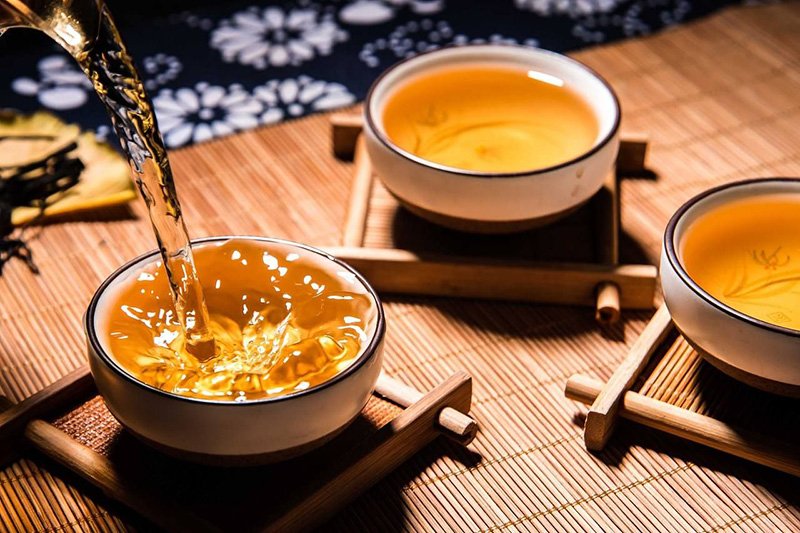
Amino Acids
Due to the high fermentation, black tea contains fewer amino acids than other types of tea. The amino acids and carbohydrates were almost changed to other aromatic substances; only a small amount was kept.
The substances amino acids converted bring black tea a mellow taste, so we won’t feel the “fresh” and “sweet” taste most of the time.
Caffeine
Black tea contains a certain amount of caffeine, and it makes black tea an astringent taste. The caffeine content in black tea dried leaf is lower than other tea types, but the caffeine content dissolved in water depends on the processing and brewing ways. For example, CTC black tea’s caffeine is higher than the whole leaf black tea.
Vitamin
After the fermentation processing, most of the vitamins are lost. Vitamins A, C, E, and carotenoids can still be found in black tea, but they have little effect on the body in such low content.
Anyway, we typically add milk or lemon for flavoring when we make black tea. These ingredients contain many vitamins to make up for this deficiency.
Minerals
Minerals, as same as vitamins, can not be produced or synthesized by the human body itself. And black tea contains Ca, Na, Zn, Mn, K and Se, and other minerals, help supplement the trace elements needed to maintain human health.
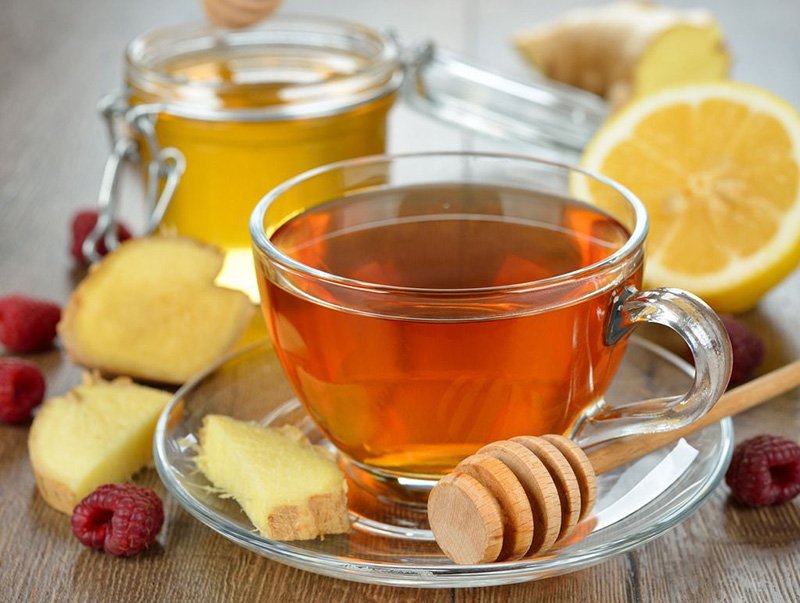
What Is Black Tea Good For
Refreshing
In the post about caffeine in tea, we’ve mentioned many factors that influence the caffeine in your cup. Even though the same amount of black tea leaves contains less caffeine than green tea or coffee, it can still provide much caffeine because most black tea products are CTC style.
A moderate caffeine intake can stimulate your nerves and make you refreshing. That’s why most English British Breakfast Tea takes CTC black tea as the basic. Plus, the marvelous chemical reaction between milk and tea tannin, the full aroma can make you have a wonderful morning of the day.
Of course, overdose caffeine intake is easy to cause excitement. It leads to insomnia—especially for the one who is sensitive to caffeine. Generally, the suggested consumption of black tea is less than two cups(500ml) per day.
Diuresis
The synergistic effect of caffeine and aromatic substances in black tea can improve the kidneys’ working efficiency and increase urine amount. It is beneficial to promote human metabolism, make the metabolites out of the body faster. But patients with kidney dysfunction should consult your doctor before having black tea.
Anti-inflammatory
Polyphenols in tea have been shown to have anti-inflammatory effects. Catechins and other polyphenols can help prevent inflammation and reduce the risk of other diseases caused by inflammation in the body.
Prevent Heart Disease
Studies suggested that regular consumption of black tea can improve antioxidant status. Which helps control cholesterol and triglyceride levels, slow the aging of blood vessels, and reduce heart disease risk.
Strengthen Bones
Once was research showed that people who drank black tea more often had stronger bones than people who didn’t. This may be due to tea polyphenols’ anti-inflammatory benefits and the trace elements such as Ca and K in black tea works.
Anti-cancer
Researchers also found that the polyphenols, amino acids, volatile compounds, and alkaloids found in black tea effectively inhibit cell carcinogenesis and reduce cancer risk. It can also inhibit the proliferation of tumor cells and even kill some of them. Although black tea good for fighting cancer still lacks adequate scientific support, it has shown a promising potential.
Manage Diabetes
Studies have shown that having black tea can lower blood sugar levels, improve the body’s ability to metabolize sugar, and simultaneously increase insulin levels.
The flavonoids in black tea help reduce the risk of developing diabetes from obesity. It helps manage type 2 diabetes by improving glucose metabolism through anti-inflammatory effects, and increase insulin activity, reducing fat absorption by the gut.
Prime Black Tea Producing Countries
Black tea is produced in many countries globally, but the prime producers are concentrated in Asia. India, in particular, accounts for nearly half of the world’s black tea yield.
India
India is the world’s largest black tea producer and exporter, and Indian people also take it as a daily beverage.
In the beginning, the British mainly imported tea from China. By the 18th century, the British began to cultivate tea trees(Camellia Sinensis) in India. Since then, India has rapidly developed into a significant black tea producer based on its geographical advantages.
The excellent environment in India is very suitable for the cultivation of tea trees. Darjeeling and Assam produce the most famous black tea, which is also the main type for exporting. Besides, the black tea produced in Nilgiri and Sikkim also has excellent quality.
In India, black tea is often served with a variety of foods and spices. Masala tea is the favorite drink in India. Its making ways are also various, a drink that tourists worth taking a try.
Sri Lanka
For most black tea lovers, the most familiar is Ceylon tea from Sri Lanka.
In the 1860s, the “Father of the Ceylon tea” James Taylor introduced tea trees and technology from India and built a tea garden in Kandy. Since then, Ceylon black tea became popular in the world.
Sri Lanka produces more than 300,000 tons of black tea a year, mostly for export. There are seven black tea growing regions in Sri Lanka: Uva, Nuwara Eliya, Dimbula, Kandy, Ruhuna, Uda Pussallawa, Sabaragamuwa.
China
China is the origin of tea and the country that made black tea popular around the world. But in China, the black tea market share is relatively small. Black tea production is mainly concentrated in Hunan, Guangdong, Yunnan, Sichuan, and other provinces. Among them, Keemun black tea, Yunnan Dianhong, and Lapsang Souchong have the most international fame.
Although China produces tons of black tea, it is mostly for domestic consumption. And most Chinese black tea is in whole-leaf style rather than CTC, which is more suitable for brewing alone but with other foods or spices.
Besides the above three countries, many other countries in the world produce black tea. Related Reading: Tea Producing Countries.
Processing Methods
There are 4 main methods of black tea processing:
- Orthodox.Leaves have to been picking, withering, rolling, fermenting, and drying, to make into raw tea. Then been further processing. This is the most traditional way to produce black tea.
- CTC.This is a method that originated in India, which means Crush, Tear, and Curl. The final products typically are granulated but not powder. We can also call it broken tea.
- Gongfu Black Tea. A popular method in China. It takes the Orthodox as the basic, but more complicated in further processing.
- LapSang Souchong. A popular method in Wuyi Mountain. It is said it’s the predecessor of the Gongfu Black tea method. Some unique steps and drying ways makes the leaves got a smoky aroma.
Different processing methods significantly affect the black tea taste, aroma, even the benefits. Tea masters keep finding a better way all the time to produce better products.
Related Reading: 4 Main Black Tea Processing Methods.
Black Tea Types
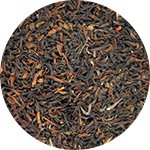
Assam
It’s a famous black tea that originated in Assam, which takes the largest Indian tea export part. Almost all the Assam black tea is in CTC style, tastes strong, and astringency. Typically taken as the basis of English breakfast tea.
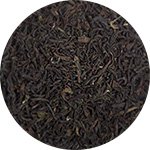
Darjeeling
Another excellent tea from India. Different from Assam, Darjeeling is originated in China. Although its yield is much less than Assam, most of the time, Darjeeling tea is taken as a high-grade product. Due to the lower fermented degree, it tastes much like oolong tea.
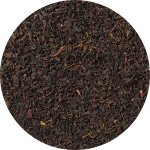
Ceylon
Ceylon tea originated from Sri Lanka, which is loved by many people all over the world. It’s a kind of black tea with a strong aroma and is very suitable for making Hong Kong-style milk tea.
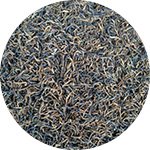
Lapsang Souchong
It is said that Lapsang Souchong is the first black tea in the world, which is originated from Wuyi Mountain, China. Europeans called it Bohea at the beginning, and the tea trends in the west began with it. Lapsang Souchong has a unique processing method that makes it got a charming smoky aroma.
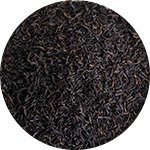
Keemun
Keemun black tea may be the most well-known Chinese tea in the west. It got a short history but won lots of awards internationally. It is said that Keemun was the British Queen’s favorite and regarded as “The Queen in Black Tea.” It is famous for its unique “Keemun aroma.”
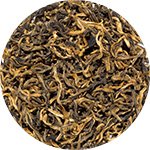
Dianhong
Dianhong tea is originated from Yunnan, China. It is a very special type because it is made from the big leaf Camellia Sinensis. That makes it contains more nutrition than the others. But the most feature of it is the beautiful looking. The leaves are full of the tiny golden fuzz(hao,) just like golden needles.
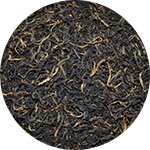
Yingde Black Tea
Yingde black tea is originated from Guangdong but not so famous as the others. It is a kind of black tea nurtured by scientific means, with the leaves from Yunnan’s big leaf tea tree. The most well-known type is Yinghong No.9 tea.
References
- Black Tea: Uses, Side Effects, Interactions, Dosage, and Warning
- Tea and flavonoids: where we are, where to go next
- Antioxidants from black and green tea: from dietary modulation of oxidative stress to pharmacological mechanisms
- Molecular evidences of health benefits of drinking black tea
- Relationships between black tea consumption and key health indicators in the world: an ecological study